Work, Energy, and Power
Energy Transformation Technologies
MINDS ON

A better approach is to use an energy transformation technology, such as a bow. This technology will involve two energy transformations:
First, the chemical potential energy stored in the hunter’s tissues is used to contract muscles resulting in a force that stretches the bow.
The chemical potential energy has been transformed into elastic potential energy (the name used for energy stored in elastics, springs, and similar components) now stored in the bow.
Once the string is released, the elastic potential energy stored in the bow is transformed into kinetic energy of the arrow. The use of this energy transformation technology allows the hunter to use what their body is good at – generating a strong force on the bow over a slow movement – combined with what the bow is good at – releasing its stored energy rapidly – to accelerate the arrow to a high velocity resulting in a successful hunt.
 Reflection
Reflection
Create a reflection to answer the following questions:
- What items in your nearby vicinity involve energy transformations?
- What types of energy are used by the items and which transformations occur when they are operated?
ACTION
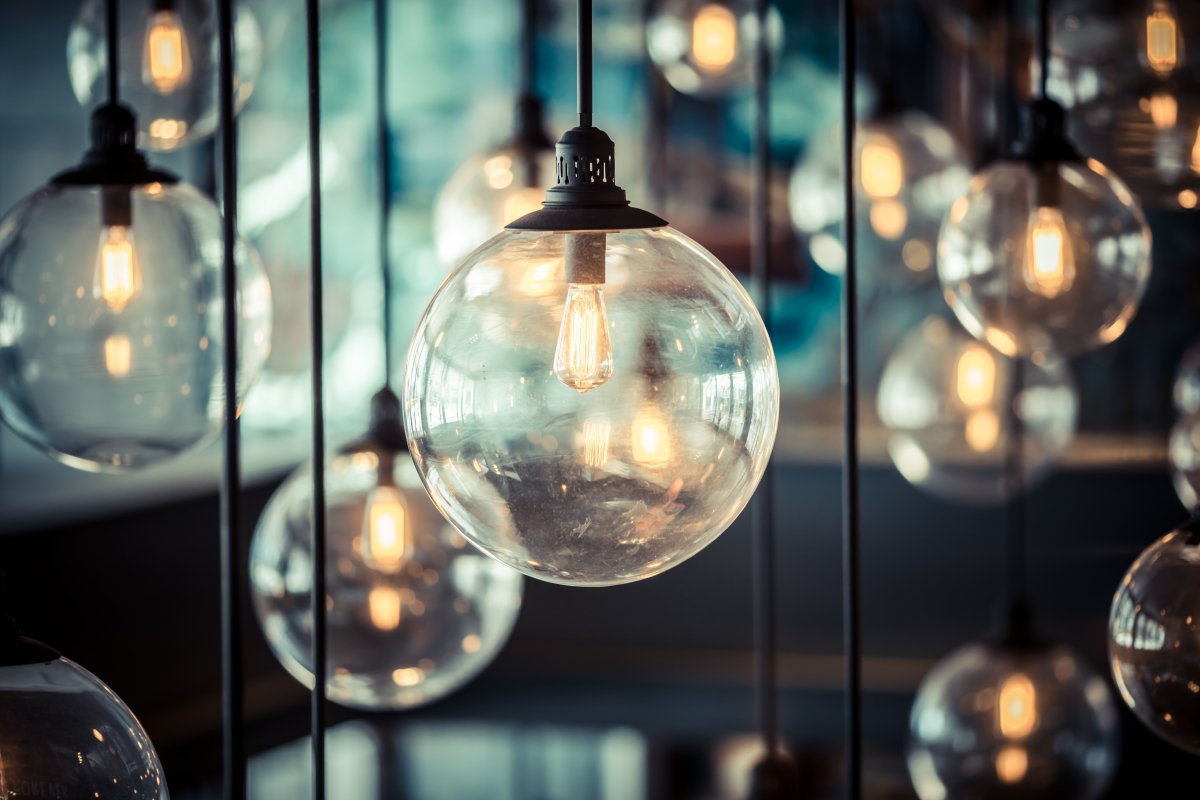
Efficiency
The efficiency of an energy transformation technology is the ratio of the useful output energy to the total input energy. Mathematically this can be expressed using the following equation:

Where  is the useful output energy and
is the useful output energy and  is the total input energy. But wait, doesn’t the principle of conservation of energy tell us that energy cannot be created or destroyed? Where did the “missing” energy go? In any real world energy transformation device, some energy is always converted into forms that are not useful (you can think of this as “waste” energy). We can model this, while still adhering to the principle of conservation of energy, using the following equation:
is the total input energy. But wait, doesn’t the principle of conservation of energy tell us that energy cannot be created or destroyed? Where did the “missing” energy go? In any real world energy transformation device, some energy is always converted into forms that are not useful (you can think of this as “waste” energy). We can model this, while still adhering to the principle of conservation of energy, using the following equation:

Where  is energy that is converted into forms that are not useful.
is energy that is converted into forms that are not useful.
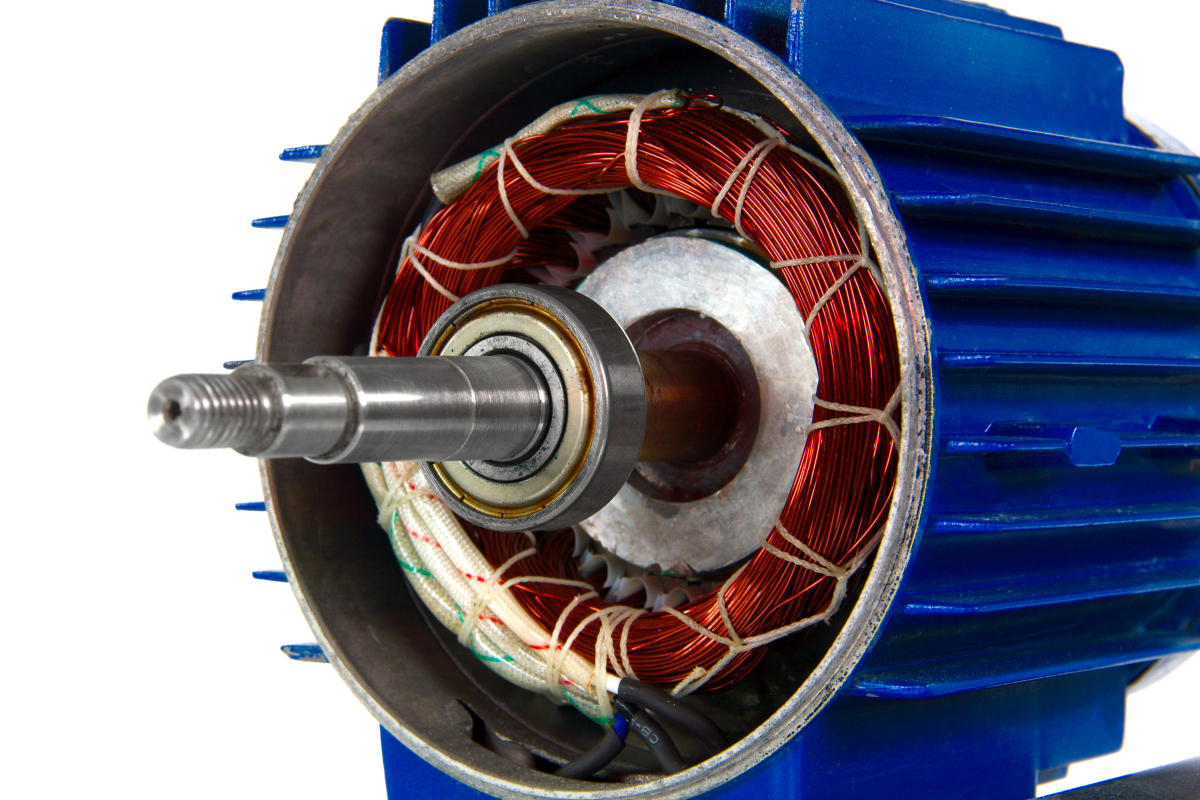
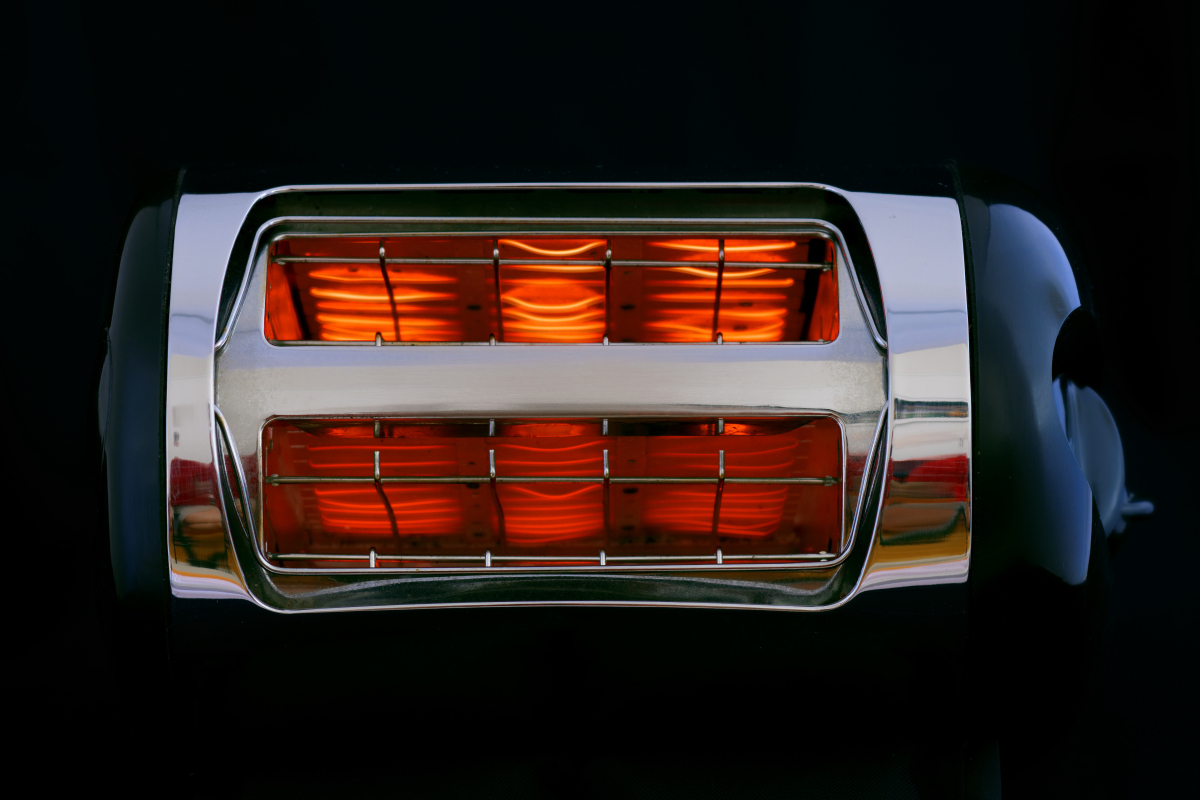
Consider an electric toaster. Surely there cannot be any wasted thermal energy, since the purpose of a toaster is to heat up, right? The answer is “No.” Even a toaster will not be 100% efficient since the useful output energy is that which is used to heat up the toast, but the parts of the toaster will heat up as well, and this is not useful. In addition, some thermal energy will escape the toaster, heating its surroundings. This energy is also not used to heat the toast, so it is not useful, either.

As you can see, there are many ways that a single energy transformation device like an electric motor or toaster can convert the input electrical energy into less useful forms, and the less useful form is not always thermal energy.
 Example
Example

Given:

m = 75 kg
h = 11 x 3.2 m = 35.2 m
Required:
We are being asked to find the efficiency of the elevator.

Analyze:
In order to calculate the elevator’s efficiency, we’ll need to find the useful energy output (the additional gravitational potential energy of the elevator’s occupant) first:



Solve:



Paraphrase:
The elevator’s efficiency is 12 %.
Twelve percent seems to be a very low efficiency. It could be this low partly due to a poor design. For example, the question does not account for the weight of the elevator carriage and supporting cables that also move with the carriage. When lifting the person up 11 floors, the carriage and cables must be lifted as well. This could explain why the elevator is not very efficient.
The energy used to lift the carriage and cables does not have to be wasted. The elevator carriage and cables have gained some gravitational potential energy 11 floors up, and this could be converted into a more useful form if the elevator system is designed for it. Real world elevators incorporate a counterweight system so that as the carriage, cables, and occupants are rising, the counterweight is falling and vice-versa. In this way, the energy wasted in lifting the carriage and cables is minimized and less energy is needed to move between floors.
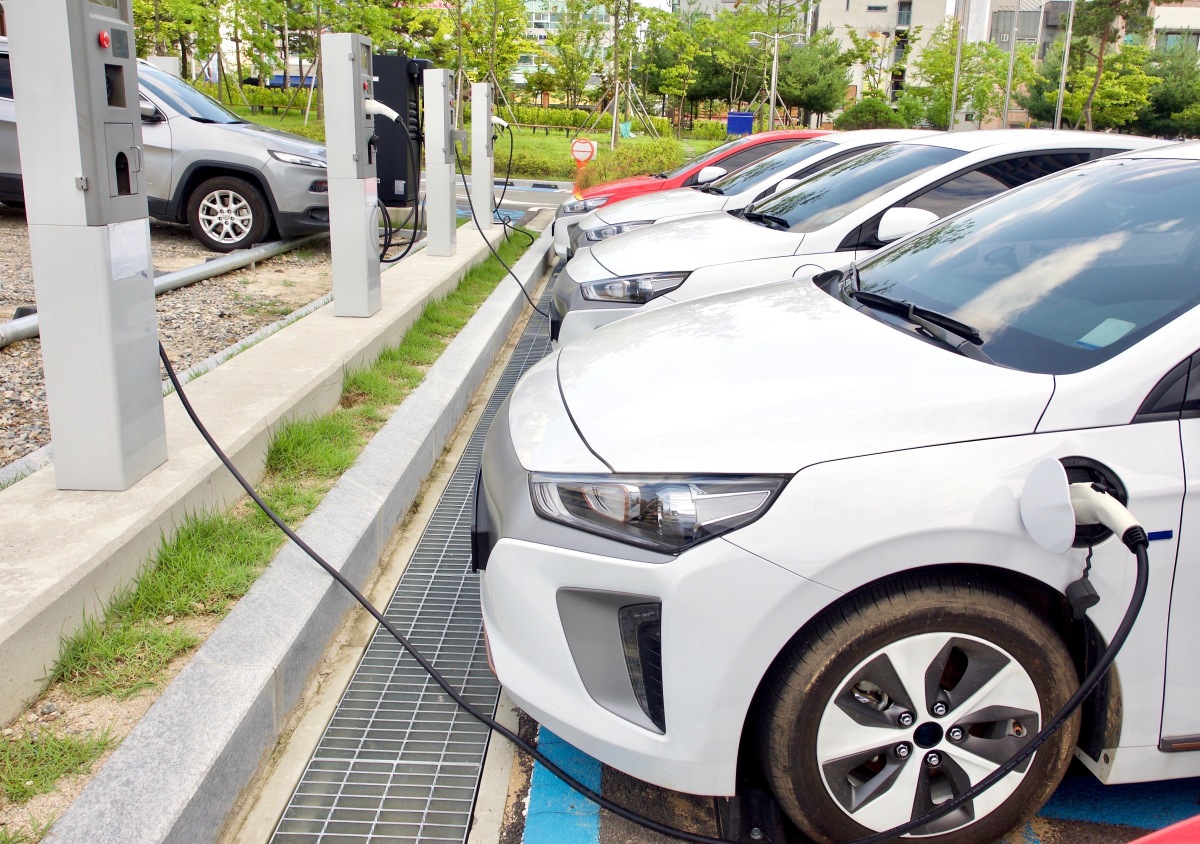
 Example
Example
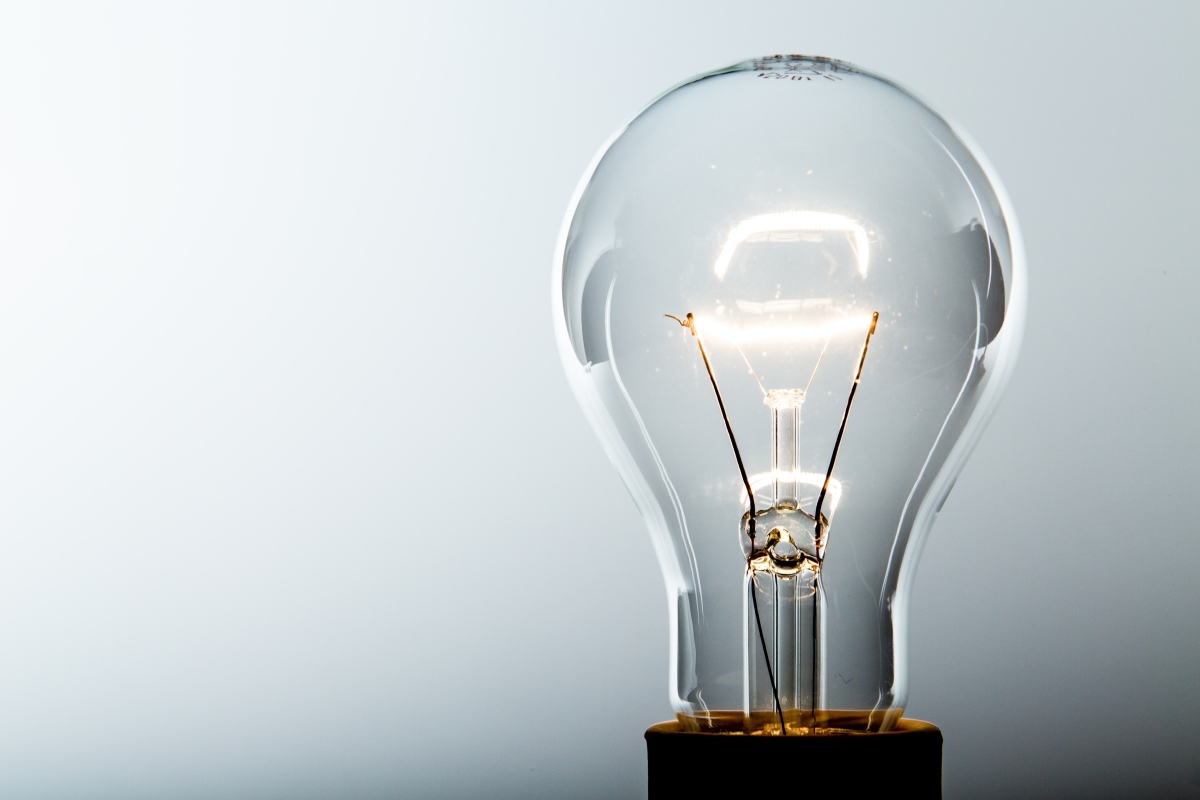
Incandescent light bulbs work by heating up a filament to such a high temperature that it starts to emit light, and are typically about 5 % efficient in terms of the light energy output compared to the total electrical energy input. If a 100 W incandescent light bulb were left turned on for 2 hours, how much energy would be wasted as heat from the bulb?
Given:
Efficiency = 5 %
P = 100 W
Δt = 2 h x 60 m/h x 60 s/m = 7200 s
Required:
We are being asked to find the energy that is wasted as heat from the bulb.
 = ?
= ?
Analyze:
To calculate the amount of energy wasted, we will first need to find the total energy input and the useful energy output:




Solve:




Paraphrase:
700000 joules of energy was wasted by the incandescent light bulb.
 Questions
Questions
- A force of 15 N is applied to a mass of 12 kg over a distance of 22 m, accelerating it from rest to a speed of 6.8 m/s. What is the efficiency of the energy transformation?
- 12 %
- 45 %
- 80 %
- 84 %
d. 84 %
- An 11 W LED light bulb has an efficiency of 30 %. What amount of energy is wasted if the bulb is operated continuously for 1 minute?
- 200 J
- 460 J
- 462 J
- 500 J
d. 500 J
Electricity Production – Renewable and Non-Renewable Sources
Today’s society would not function as it does without a reliable supply of electricity. There are many jobs in the electricity supply sector from the power plant, where energy is converted from some other form into electrical energy, to the transmission lines that carry it to the consumer, to the electrician who ensures that the wiring in your home and business is safe to use. People working in all of these areas do so in order that you will be able to light up a room with the flick of a switch anytime of the day or night. There are many different means of “generating electricity” or, as a physicist would say, converting some form of energy into electrical energy at the power plant.
Hydroelectric power plants operate by converting the gravitational potential energy of water in a reservoir first into mechanical energy as it moves down the penstock, turning a turbine, which then turns a generator which converts the mechanical energy into electrical energy.
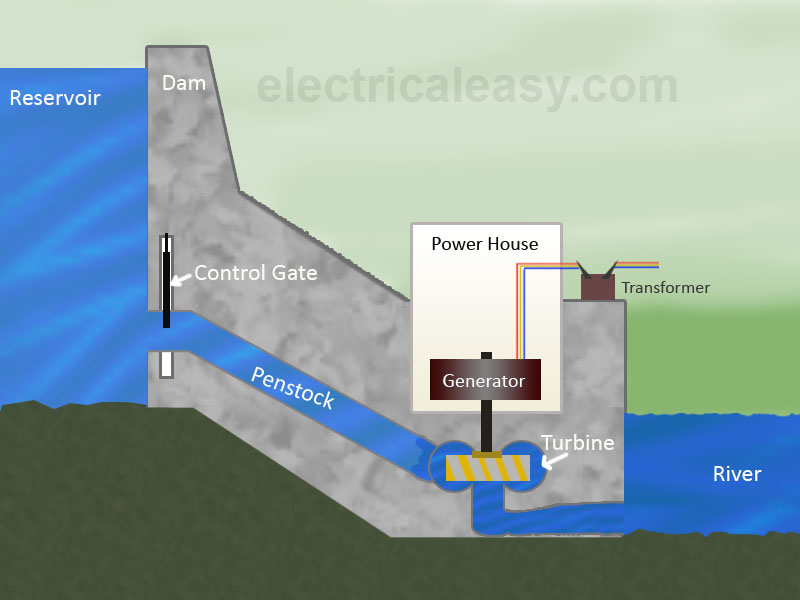
Strengths:
- Renewable - no risk of running out of fuel
- No emissions or waste products
- Can be brought online and taken offline as electricity demand changes
Weaknesses:
- Large areas must be flooded to create the reservoir
- Water hazards are created both at the intake and outflow
- Fish habitat is disrupted by placing a barrier in a river
Coal-fired, gas-fired, and nuclear power plants all work on the same principle: using thermal energy to boil water producing steam which is transformed into mechanical energy by a turbine, which then turns a generator which converts the mechanical energy into electrical energy.

Strengths:
- Can be built just about anywhere – no need for a river and area for a large reservoir
- Coal- and gas-fired plants can be brought online and taken offline as electricity demand changes
Weaknesses:
- Non-renewable - once the coal, gas or nuclear fuel supply is exhausted (or becomes so scarce that it becomes unaffordable) the plants will cease to operate
 emissions (in the case of coal- and gas-fired plants)
emissions (in the case of coal- and gas-fired plants)- Increased particulate pollution from coal-fired plants results in smog
- Waste management concerns for nuclear plants
- Nuclear plants are difficult to bring online and take offline – they are better for “base” demand – providing a constant power output
There are two main types of solar power plants: those based on solar cells and those that concentrate the Sun’s energy to boil water and operate a turbine. With a solar cell plant, arrays of solar cells are used to directly convert the radiant light energy from the Sun into electricity. With a concentrator plant, arrays of mirrors focus the Sun’s energy on a boiler at the top of a tower, heating it up so much that it changes state to form steam. This steam is then used to turn a turbine which in turn is connected to a generator to convert the mechanical energy from the turbine into electrical energy.
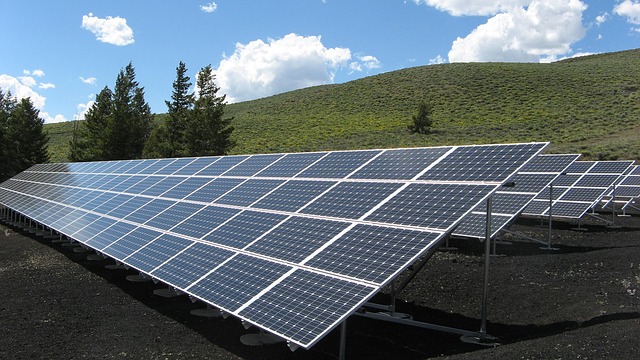
Strengths:
- Renewable - no risk of running out of fuel
- No emissions
- Low maintenance
Weaknesses:
- Large land areas needed to harness enough of the Sun’s energy to be useful
- Toxic substances are used in solar panel production – these need to be contained so they do not contaminate the environment
- Cost of solar panels is high (but decreasing all the time)
- Electricity generation is weather dependent
- Not as well suited to locations near the North or South poles
Wind turbines are becoming more and more popular. They operate, usually in arrays known as “wind farms,” by harnessing the energy of the wind blowing through the turbine blades, and then transforming that energy into electrical energy through a generator.
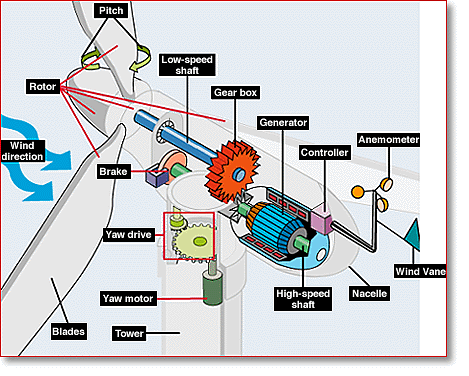
Strengths:
- Renewable - no risk of running out of fuel
- No emissions
Weaknesses:
- Large land areas needed to harness enough of the wind’s energy to be useful
- Electricity generation is weather dependent
- Need locations with a lot of wind: near or on water or rural areas at high elevations – many local residents in these areas may object to the construction of dozens of wind turbines in their otherwise very natural setting
Pumped Hydroelectric Storage
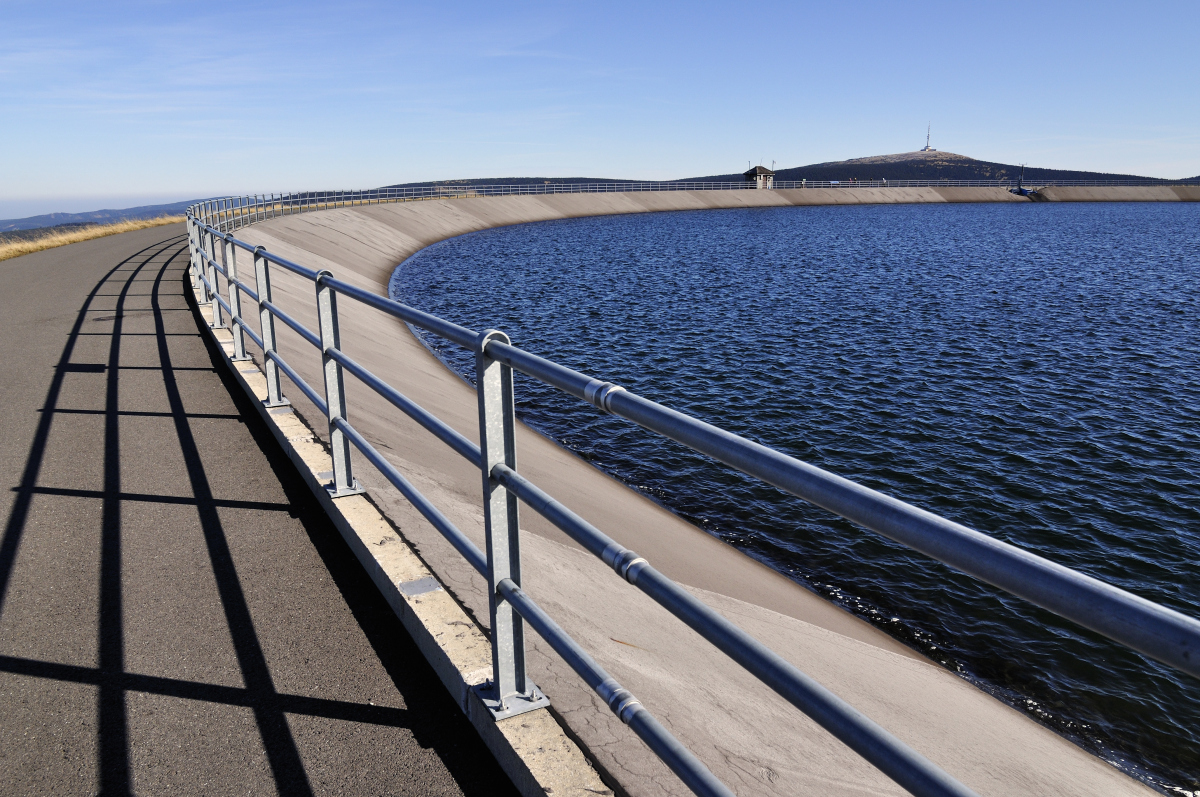
One solution to the problem that solar and wind power plants are highly weather dependent is to store the energy that they produce when it is sunny/windy so that it can be used when needed. Pumped hydroelectric storage is one way to accomplish this. A pumped hydroelectric storage plant usually incorporates two reservoirs at different heights, upper and lower. When surplus electricity is available from another plant, the pumped hydroelectric storage plant uses this electricity to pump water from the lower reservoir into the upper reservoir, storing the electrical energy used in the form of increased gravitational potential energy in the upper reservoir. If the grid needs additional electricity later, the water in the upper reservoir is allowed to flow through a turbine to the lower reservoir, generating electricity in much the same way as a standard hydroelectric power plant.
 Careers
Careers
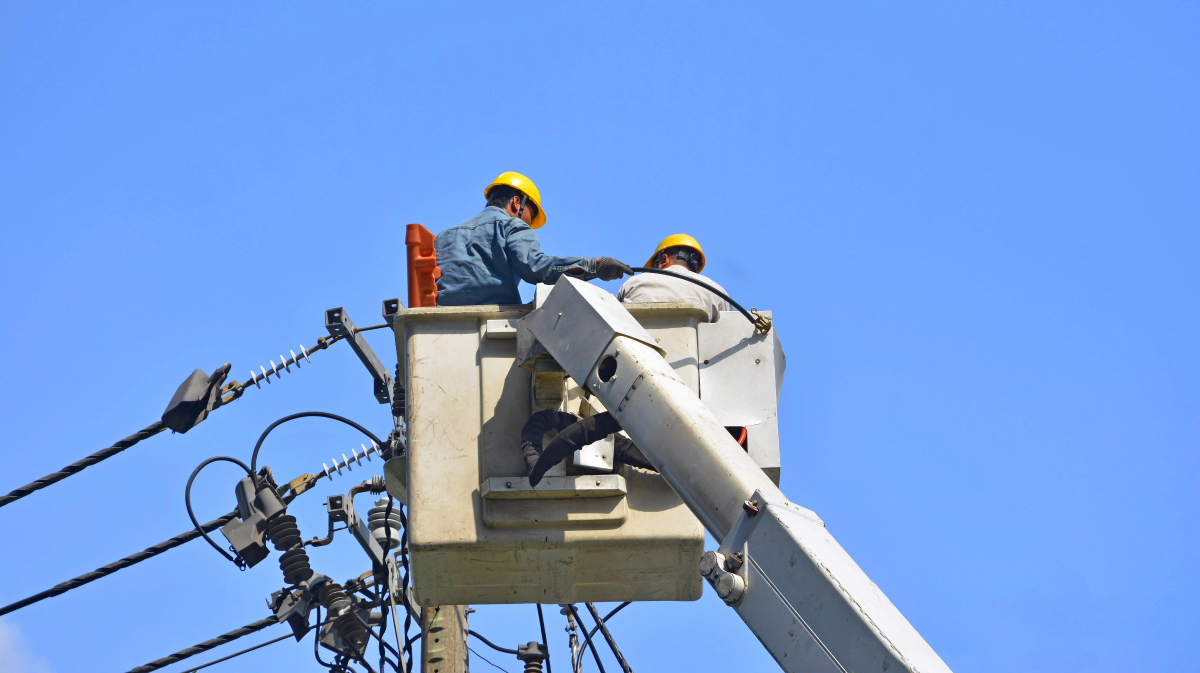
For more information about a career as a power lineworker, visit Careers in Construction.
CONSOLIDATION
Summary
The efficiency of an energy transformation technology is the ratio of the useful output energy to the total input energy:

Energy that is transformed into non-useful forms is usually, but not always, transformed into thermal energy.
Electricity is produced using a variety of technologies that employ non-renewable sources such as coal, gas, and nuclear fuel, as well as renewable sources such as hydroelectric dams, solar, and wind energy. Each of these technologies have strengths and weaknesses and no one technology is well suited to all applications.
Pumped hydroelectric storage is one technology that makes weather-dependent electric production technologies, such as solar and wind, more viable.